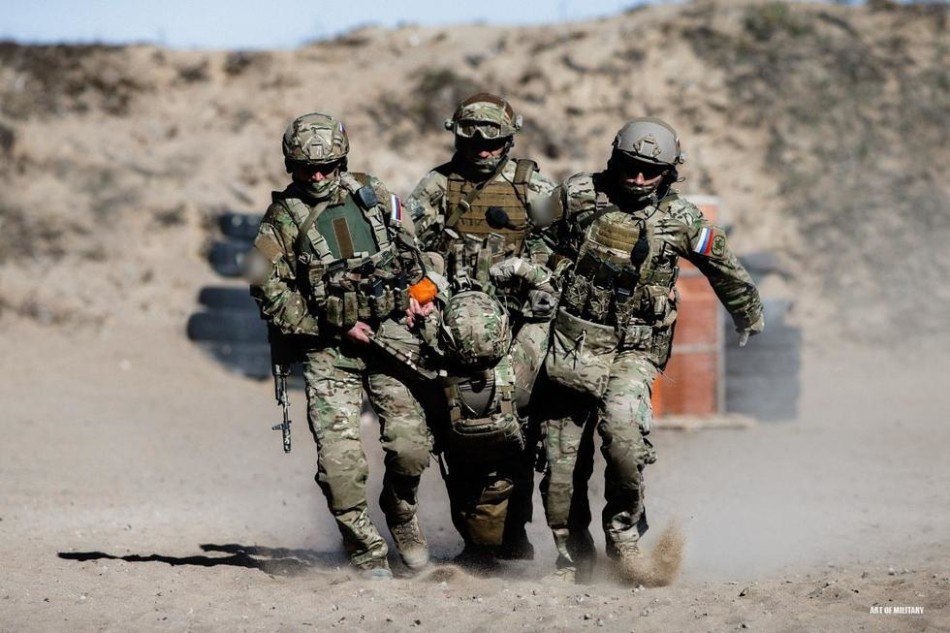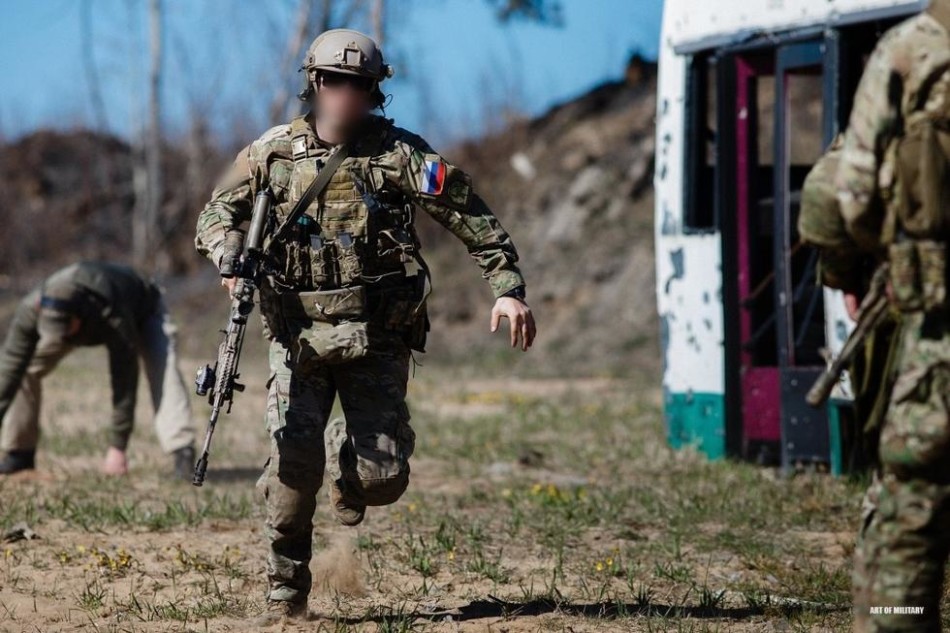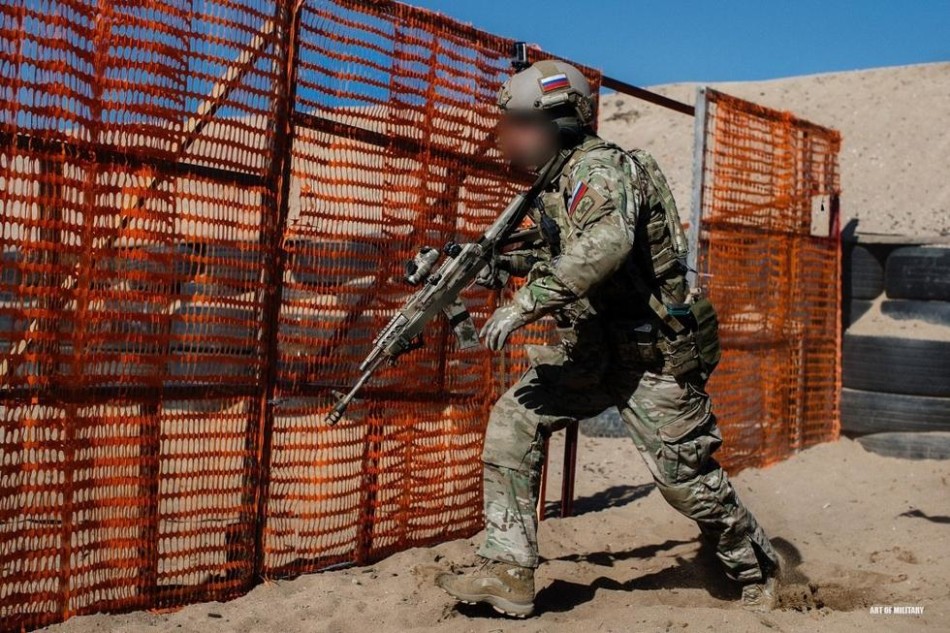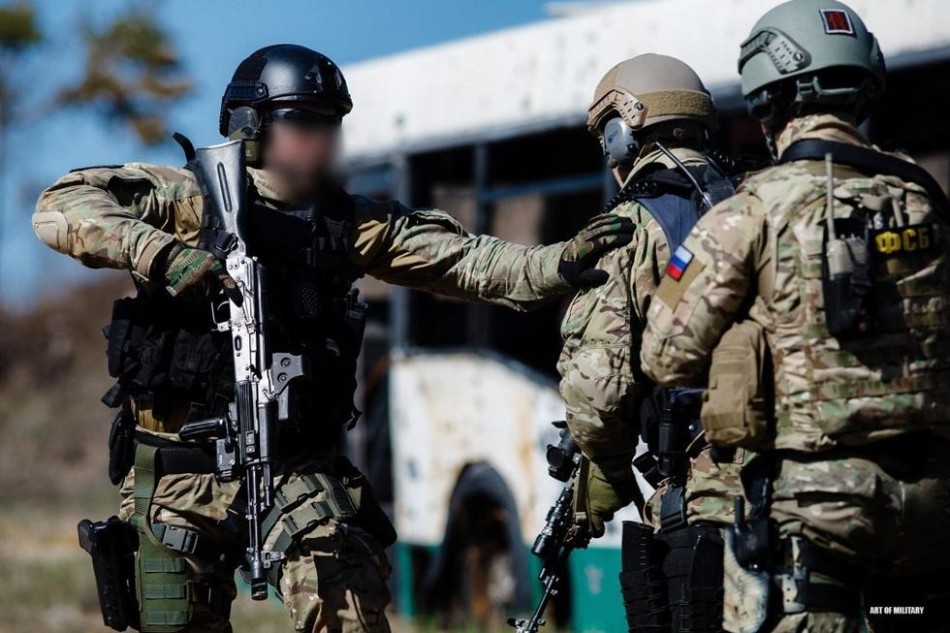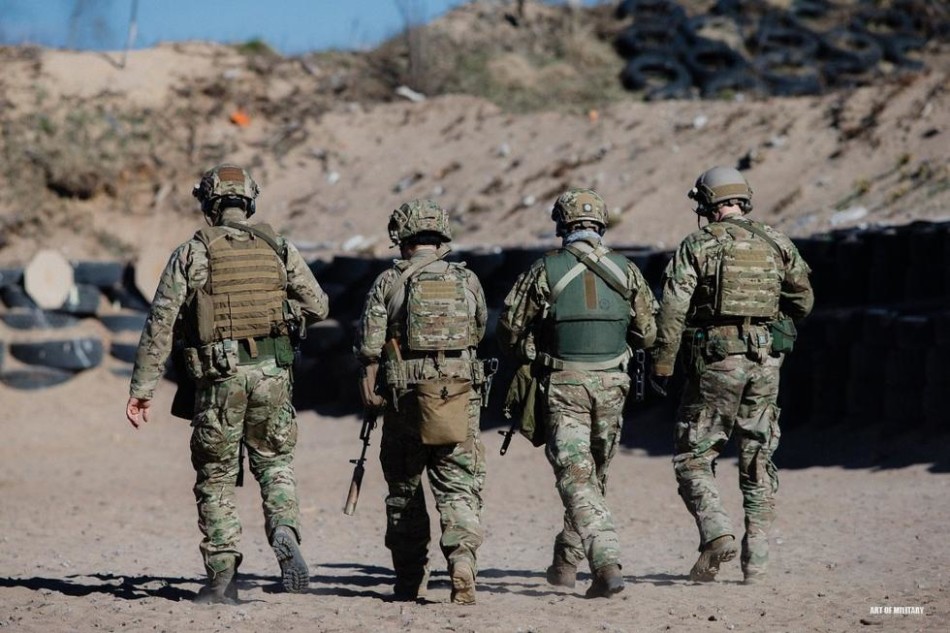Nowhere in the report is there a mention of scaling back on the trouble-plagued F-35 jet fighter — in development for 14 years so far — which was temporarily grounded last month after another in a series of problems
The program and "in development" can be stretched out to mean anything. Why not go back to the good old JAST days when the program was in the "study" phase and calculate from there. The bottom line is that if the spending/budgeting point of view is taken the real hard stuff begins at the SDD phase of the program which I think is what this clip is citing. The SDD phase began in 2002 (+- 6 months) so around 12-13 years since SDD started (Systems development) where the bulk of the R&D funding takes place. SDD phase only begins once a contractor is down-selected after holding a fly off or after reviewing submissions (fly off happens for larger projects whereas smaller projects down-select based on engineering phase and proposals submitted). First flight happens for a representative jet post SDD award.
X-35 A First flight was 24 October 2000 in Palm, California. But only if Lockheed Martin know anything about the JSF.
X-35 was not the JSF. It was a prototype. I am talking about full system jets, that have cleared the design reviews and are production representative. If you look at the dates I have posted the rafale flight is not 1986 when the first rafale tech demonstrator flew. I have used a much later flying date that reflects the first flight of the production representative rafale. The X-35 was a prototype that verified the design that was submitted to the JSF program office. It was no where representative of the actual F-35 fighter. Same thing with the YF-22, i do not count 1990 as the date of first flight for the F-22A..The YF-22 was a fly off prototype with nowhere the complexity of a first of a kind production representative design even though it had internal bays (which the X-35 did not btw), fired weapons from the internal bays, did all the high AOA and high speed testing.
The reason I do not count the prototypes as first flights is that almost all of that testing is repeated with the production standard designs. The F-22 had to demonstrate each and every aspect of its flight envelope even though the YF-22 showed off these capabilities. This is because the prototypes do not include the missions systems or the flight control software that is only written once extensive investments are made post-down select. Same thing happened with the eurobirds.. newer engines, missions systems, flight software meant that the prototypes and the final production standard were poles apart from a testing and evaluation stand point.
The development process can be said to start where ever people choose to draw a line, as long as that line is consistent.
What's the methodology? Are you comparing apples to apples or not?
Lets look at this -
Typhoon - EAP made the first flight in August 1986 yet I do not count that as the first flight of the Eurofigther Typhoon. I use the 1994 date that is that of a more standardized production representative design.
Rafale - The A tech demonstrator flew in the 80's yet i do not count it as a production representative design..
In a similar fashion i do not count the flyoff competition bird in the X-35 as a representative of the F-35 design so include the first flight date of the F-35 as that of AA1 or the first production representative F-35 that was produced from the line following the entire critical design review process. It was there to demonstrate basic design capabilities. Even those capabilities were not required to be demonstrated on the hardware. Much of this was demonstrated in the labs (software and hardware), through paper work, wind tunnel testing data and engineering accomplishments (R&D patents in material sciences for example , or propulsion)..
2000: A report from the US Government Accountability Office notes that the JSF program has already been scaled back because of cost overruns and development delays at both Lockheed Martin and Boeing
A program runs for years prior to the award of contracts..The USN has begun an analysis of alternative on the FA-XX fighter i.e 6th generation fighter to replace the Super Hornet. Officially the RFI stage kick starts a fighter procurement process and or the FA-XX that process began in 2012 or so. Yet the real fun starts much later and the testing program only begins when the production representative design makes its first flight and is handed over to the testing authority. If one tracks the FA-X timelines that are projected the RFI was 2012 or so, with AOA kicking off in 2014 , concluding in 2015 and RFP Draft 1 that is expected to be out by 2016 with the final drafts with KPPs to be issued by 2017 end. Fly-off if required to happen by 2018-19 with an SDD phase beginning around 2020 (+- 2 years)..The IOC won't be till 2032-2035 giving a decade on the SDD phase..So overall program length if all goes to plan (it rarely does) would be 20+ years yet an overwhelming amount of R&D money needn't be paid till the SDD phase begins.
Now how about warmings about cost overruns and delays. That would be a real interesting post. Both the EF and Rafale are weak on this point as well, but who's the worst? A nice table showing start dates, flights and other things was compiled by Rkumar, Would be great to have the JSF in there as well
For the JSF i Can tell you that the SDD phase of the program began around 2002 or so (from the top of my head)..This is when the money started pouring in to start developing the design that was submitted as a proposal along with a prototype in the X-35. Many other programs do not have fly-offs that lead to a contract award that ultimately spins off into the SDD phase of the program. Some just keep on working with one design house on a particular design and when the time is right they up the investment and mature that design because they do not have another OEM to compete against.


